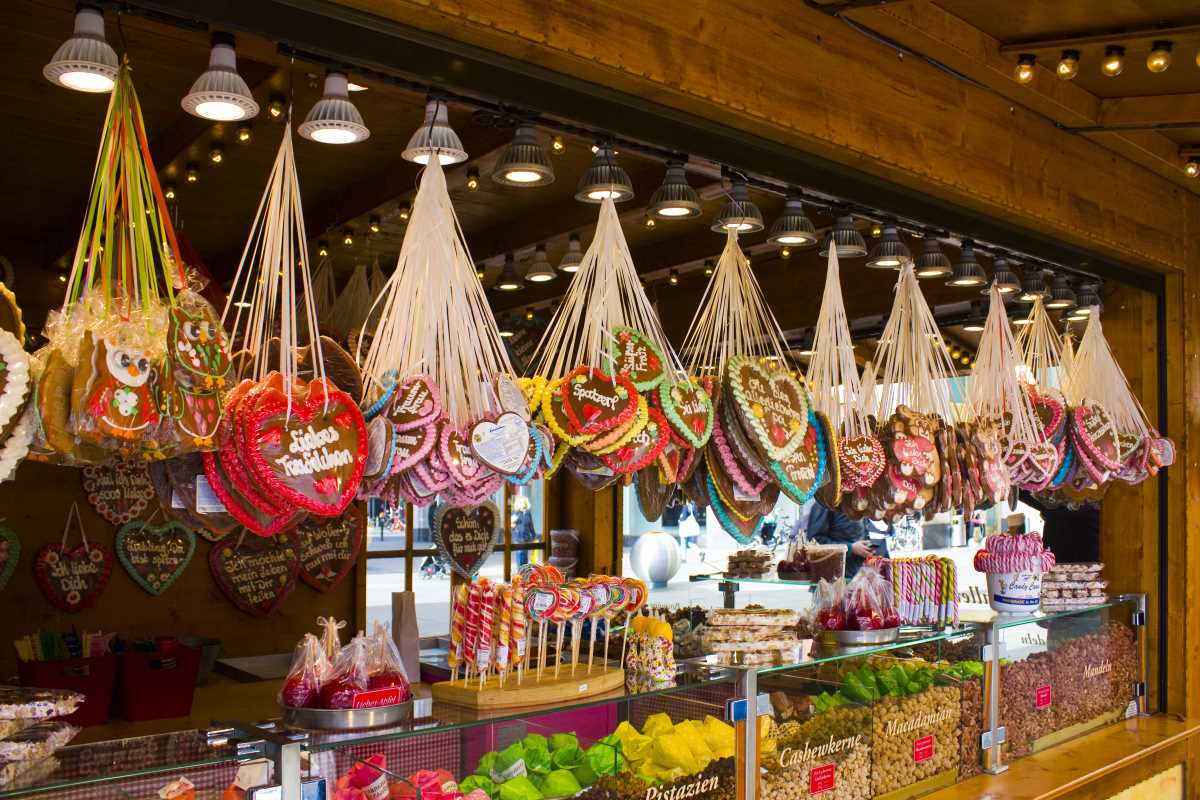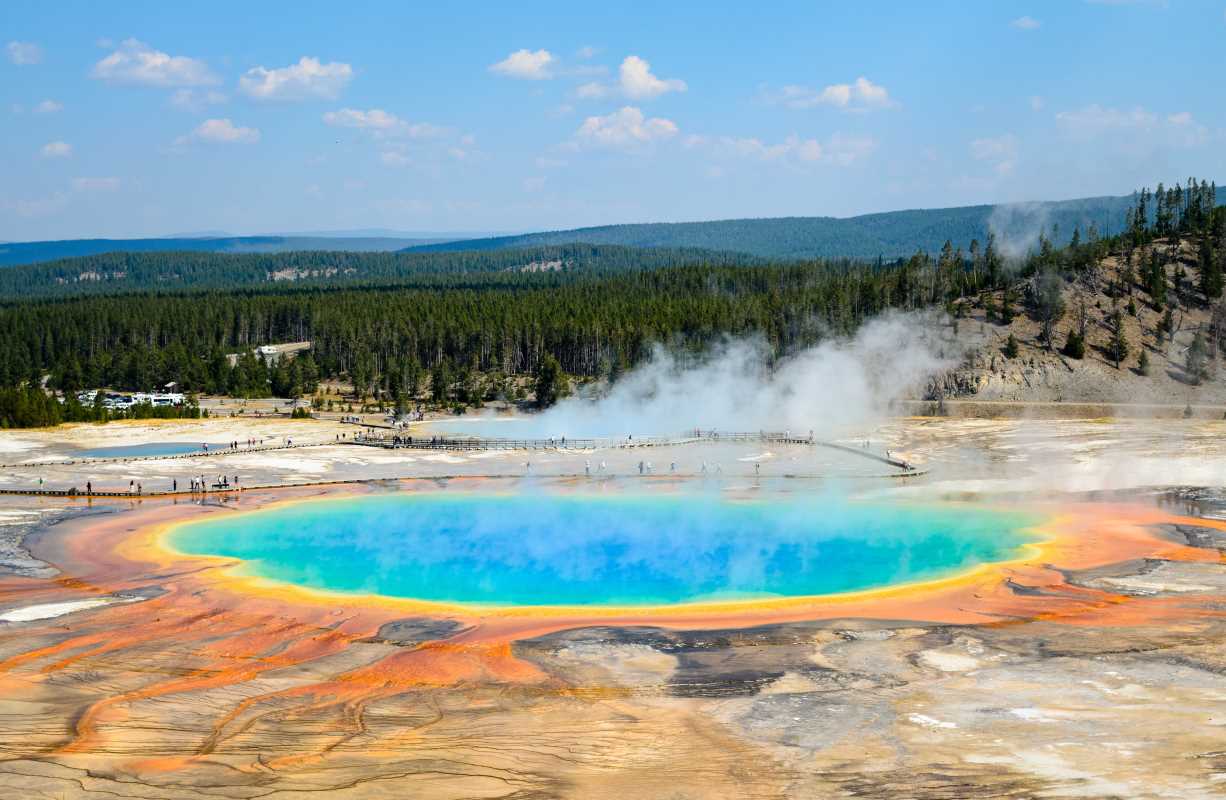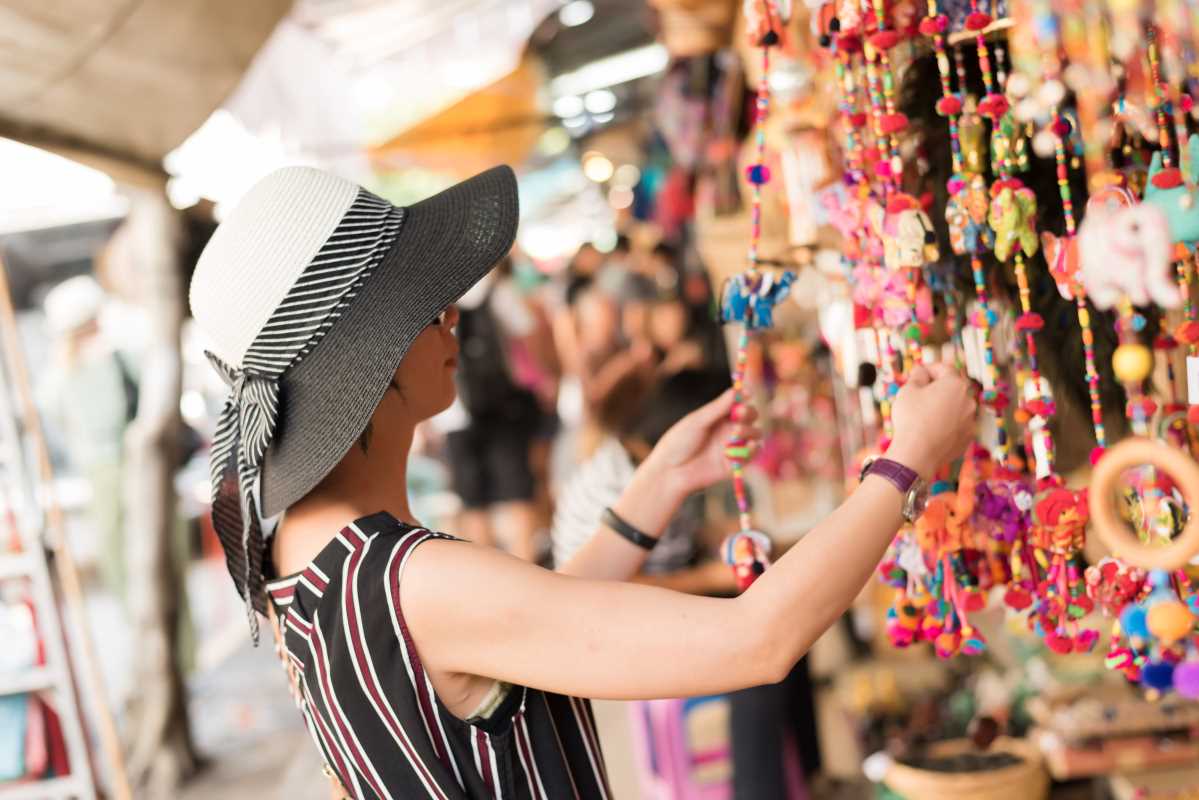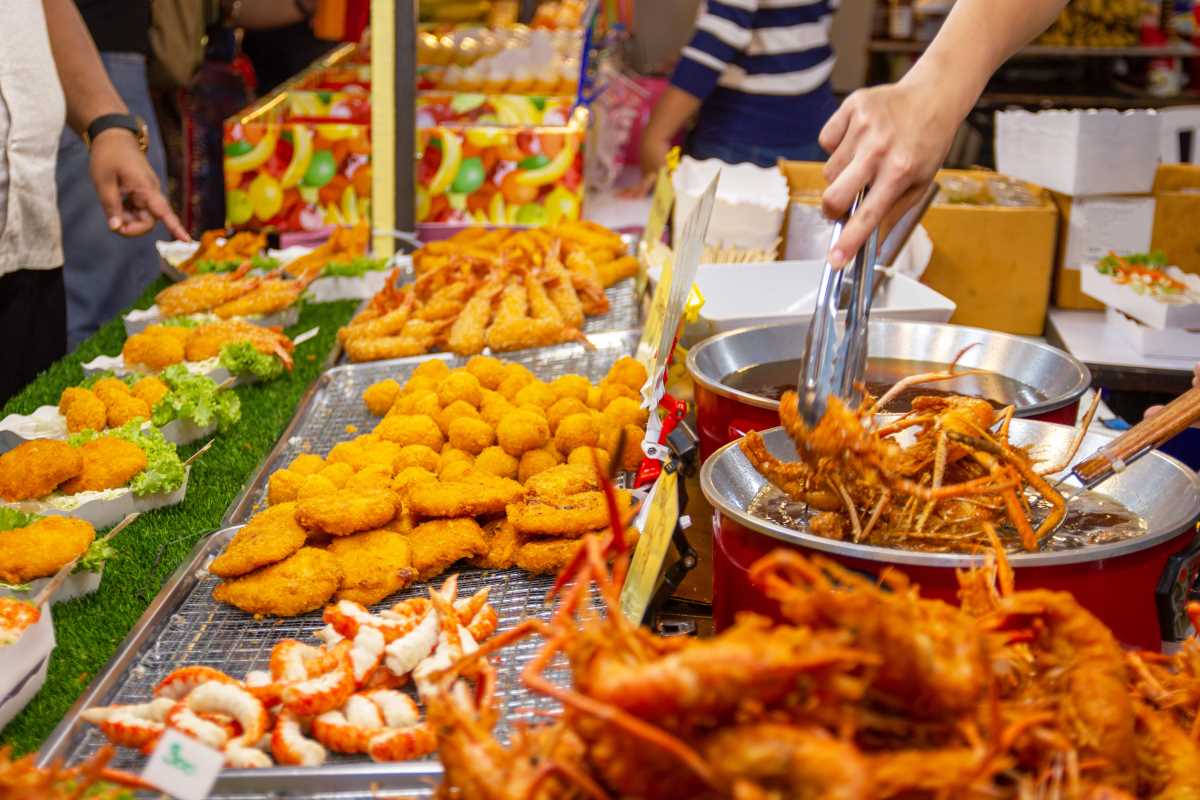Golden sunlight glimmers across neat rows of grapevines hidden behind gentle hills and weathered stone walls. A quiet farmstead appears, where cheese wheels slowly mature in cool cellars, each rind carrying hints of the land’s long history. Quiet exploration leads to personal discoveries beyond the usual tourist paths, inviting close encounters with the subtle aromas, textures, and flavors that define the region. Every taste and scent offers a connection to the craft and landscape, creating memories shaped by the authentic character of the place rather than by tourist crowds or standard recommendations.
Vivid Attractions of Hidden Vineyards
Nestled trails hide treasures that reveal themselves only when you listen to local rhythms. These moments ignite genuine curiosity and encourage you to go beyond the usual pour, uncovering how geography and human touch shape every sip and bite.
Through quiet encounters with growers and artisans, you absorb nuances in soil, air, and animal diets. A chevre’s light herbiness or a petite rouge’s chalky tannins become vivid markers of place. Use sensory observation to turn each tasting into a vivid memory.
Follow the soft call of hidden vineyards to feel part of a community that values heritage over hype. These retreats reward patience and attention to detail, creating lasting connections with people who maintain practices passed down through centuries.
Tools and Tactics for Field Tasting
- Portable Refractometer: A handheld device measures sugar levels in grape must. Its precision detects subtle ripeness differences that guide harvest timing. Step 1: Calibrate it with distilled water. Step 2: Place a drop of freshly squeezed juice on the prism. Step 3: Close the cover and read the scale. Costs range from €50–€150 online but watch for shipping restrictions in remote areas. Insider tip: Clean it immediately after use to prevent residue buildup that skews readings.
- Field Journal Kit: A sturdy notebook paired with graphite pencils and water-resistant paper. It captures raw tasting notes against sudden weather changes. Step 1: Sketch vineyard layouts and soil patterns. Step 2: Note each cheese’s aroma wheel. Step 3: Jot down water sources, altitude, and grazing mix. Kits start at €15 at specialty stores across Europe. Pro tip: Fold a small map inside the back cover for quick route references.
- Portable Cheese Thermometer: A slim probe checks aging cellar temperatures without disturbing wheels. You insert the tip into rind cracks to monitor core warmth. Step 1: Sanitize it with alcohol gel. Step 2: Push gently into the wheel’s center. Step 3: Record readings in your journal. Units cost around €20–€30 and ship across the continent. Insider warning: Avoid calibrated pinches in fresh mozzarella—probe marks can ruin presentation.
- Local Language Tasting Cards: Laminated cue cards list regional grape and cheese terms in the local tongue. They help break down language barriers with producers. Step 1: Review key terms before each visit. Step 2: Refer during conversations to confirm varietal names. Step 3: Highlight unfamiliar words on the spot for follow-up. Packs cost under €10 at tourist offices. Pro tip: Add your phonetic spellings to reduce pronunciation jitters.
- GPS-Enabled Waypoint Beacon: A compact device broadcasts real-time location to your smartphone. It prevents misdirection along obscure farm tracks. Step 1: Sync it with your mapping app. Step 2: Drop pins at vineyard entrances. Step 3: Follow live updates if trails shift due to weather. Devices retail for around €80 and work throughout EU networks. Insider advice: Carry a spare battery pack for multiday treks.
Hidden Cheese Cellars Off the Beaten Path
Travelers often overlook tiny cheese cellars where producers age artisan wheels under oak beams. In one village, a family crafts pungent sheep’s milk varieties that ripen in damp cellars. Just steps from a tucked-away chapel, you taste contrasts between meadow-fed sheep and oak-aged rind.
Another farm perches on a limestone ridge, blending goat’s milk with alpine herbs. Seasonal rainfall seeps into aging rooms, giving tangy layers beneath a smooth, white crust. After a tour, you can pack a wedge and picnic on a mossy stone wall, savoring each forkful alongside a local sparkling blend.
Masterful Pairings That Go Beyond the Glossy Label
Pairing depends on more than color or sweetness; it relies on how textures work together. Match a semi-firm tomme with a lightly chilled orange wine to balance creaminess with zesty acidity. Spot mushroom notes in cheese and find fungi-forward reds to echo that earthiness.
Seek out small-production pet-nats, barrel-aged whites, or even low-intervention pét-nats that match the handcrafted spirit of small farms. Embrace contrasts—smoky wheels can complement a bright, herbal white. This approach creates memorable contrasts that highlight terroir-driven stories.
Seasonal Routes and Best Timing
- Spring lamb’s milk cheeses appear when pastures fill with fresh wildflowers, lending delicate herbal notes.
- Early summer harvests produce vibrant rosés that reflect dawn’s crisp temperatures.
- Autumn truffle hunts happen alongside festive cider presses, inviting layered tasting events.
- Winter cellars open after the cold months, showcasing cheeses that matured in stable humidity and low light.
By planning your travel around these peak times, you can experience spontaneous farm feasts and private cellar tours. Keep an eye on local farm bulletin boards—sometimes a small shepherd invites visitors for sunrise cheese-making sessions.
Create your own path, savor every moment, and discover the distinctive offerings of these hidden producers.
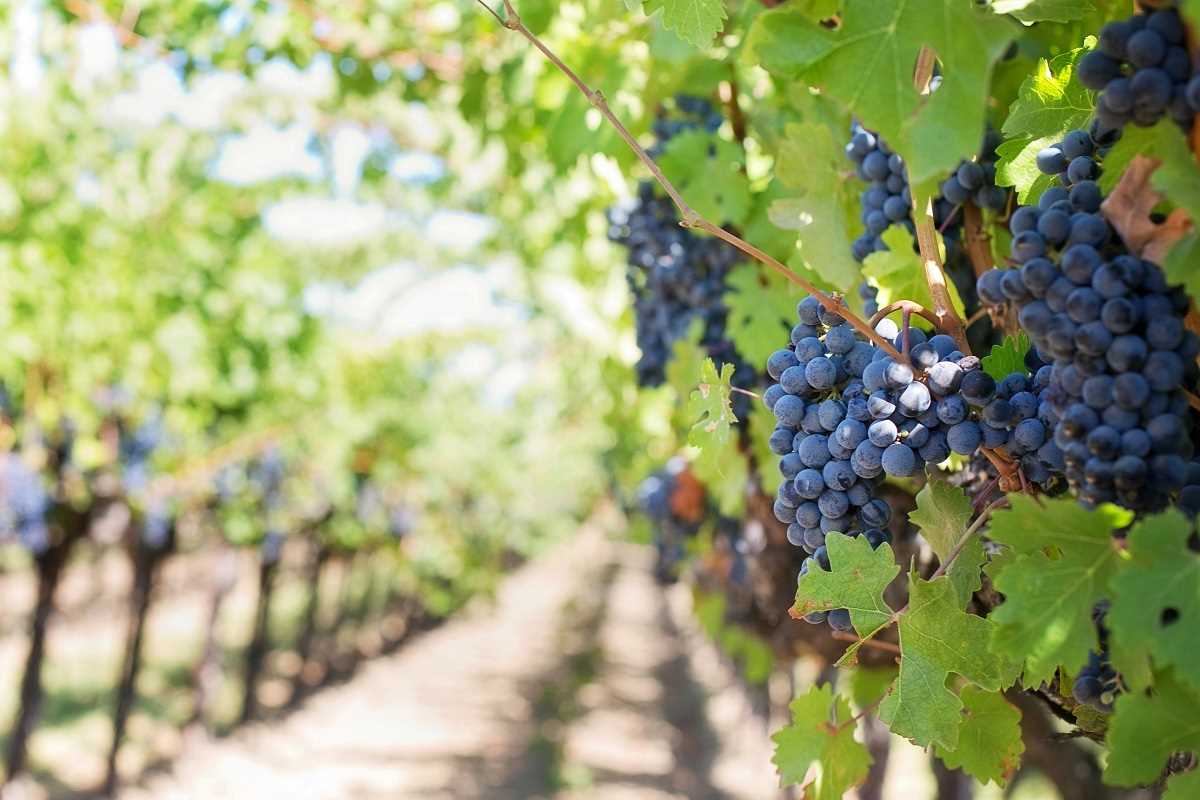 (Image via
(Image via

